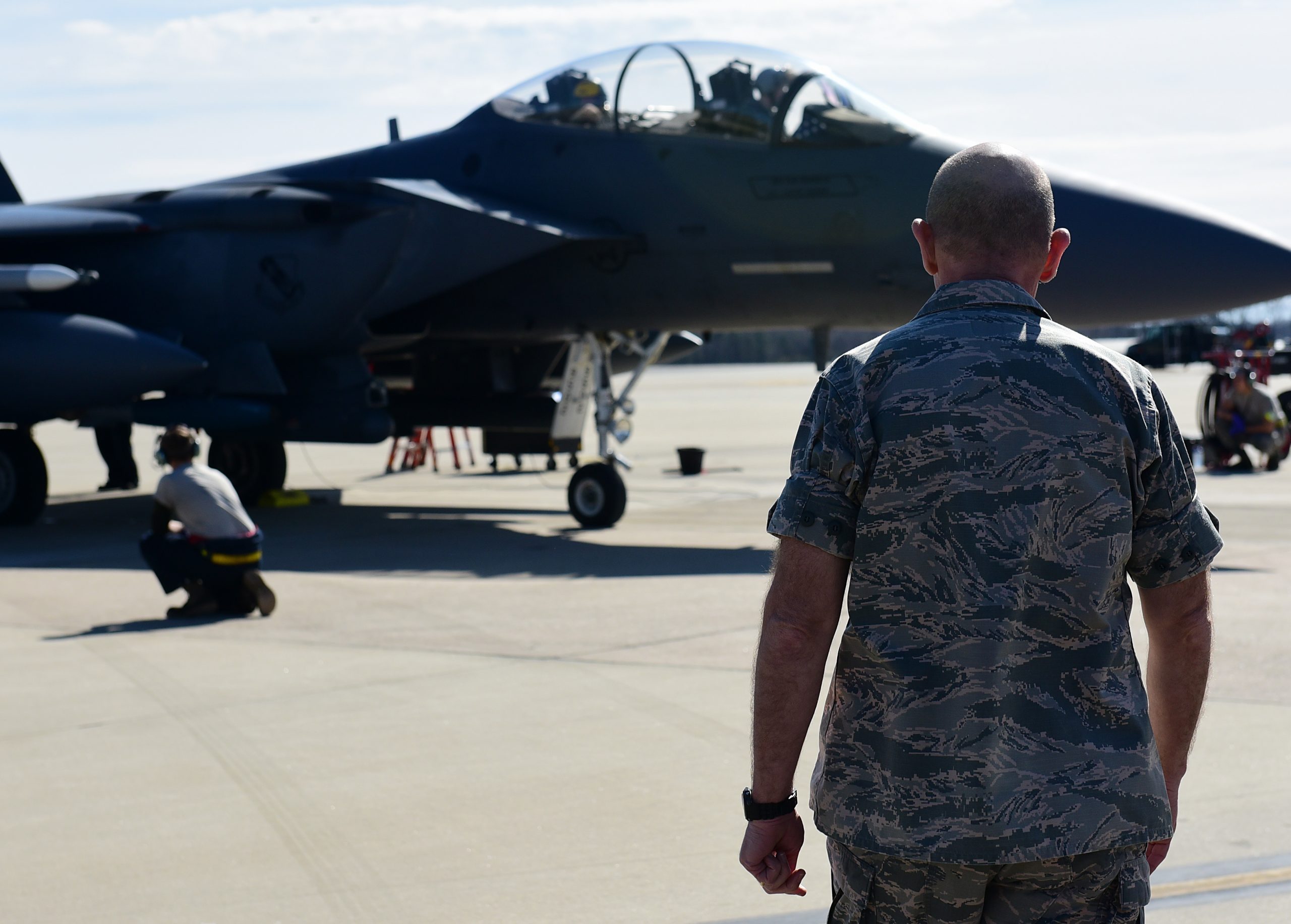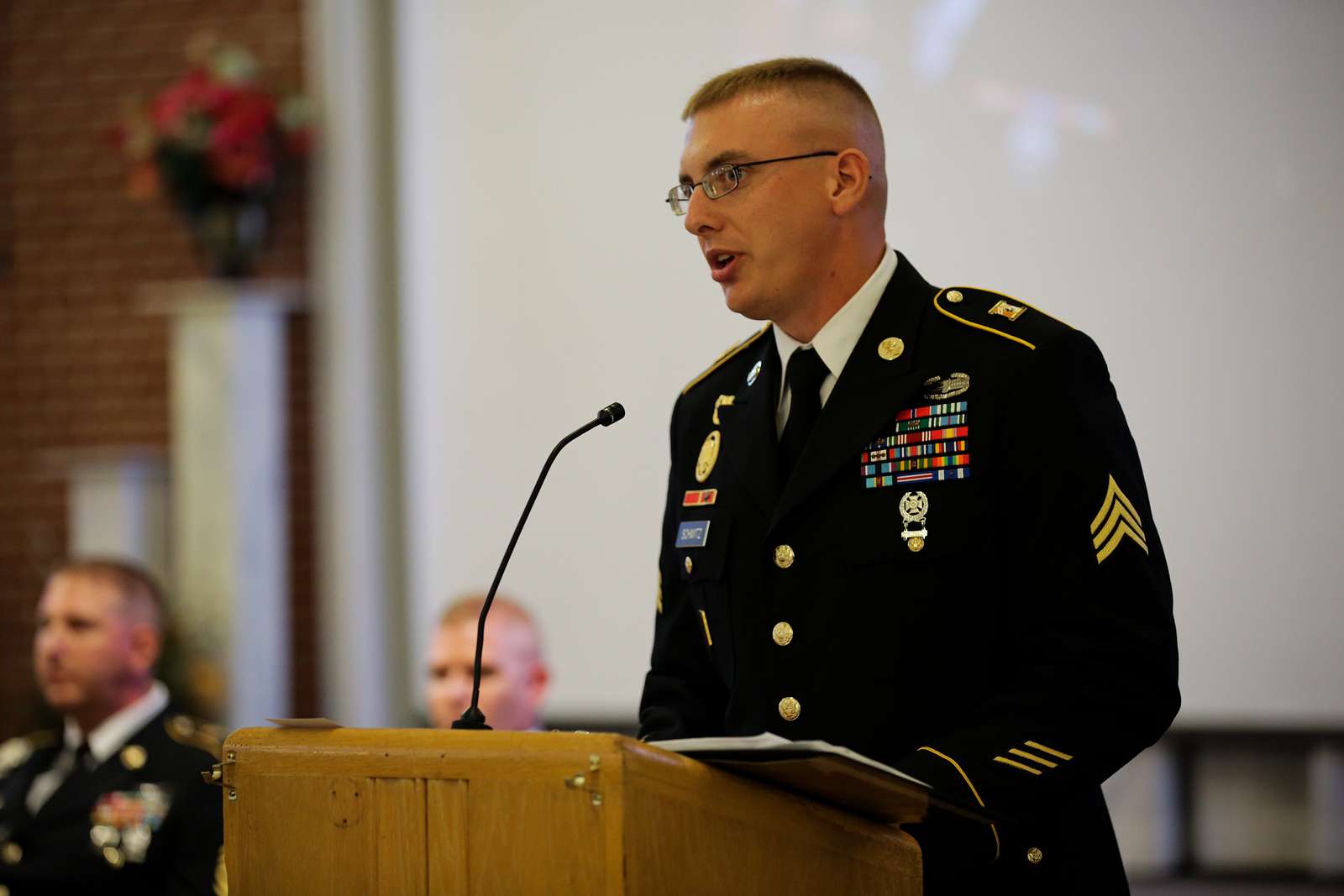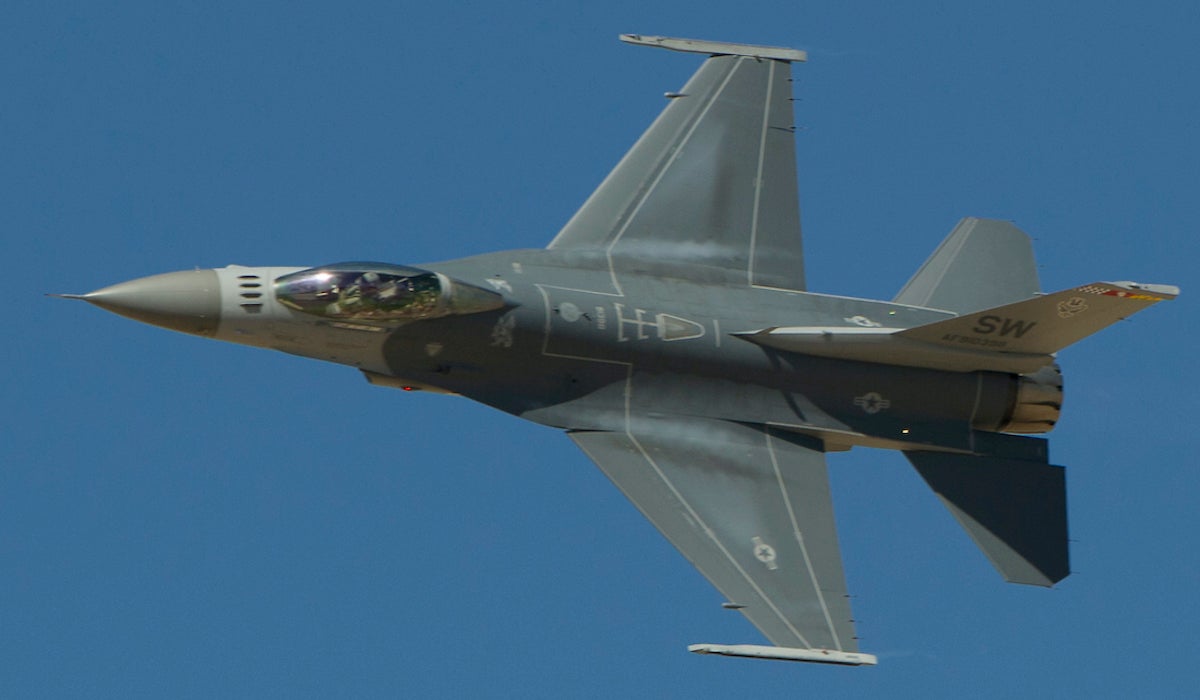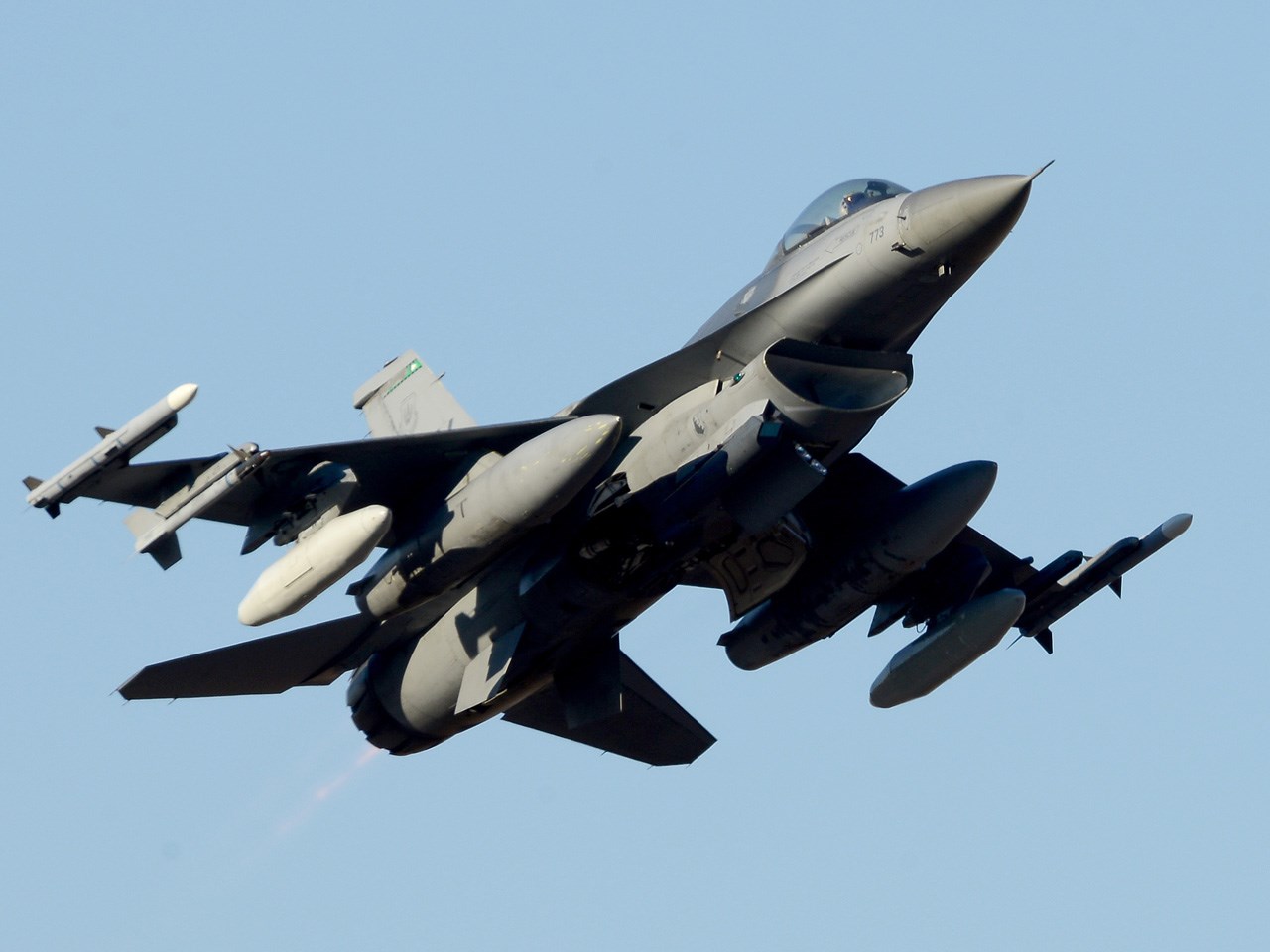Lt David Schmitz - The Air Force is aware of the ejection seat problem. but did not rush to fix it Then the pilot died.
David Schmitz with Valerie and their dog on the airfield at Holloman Air Force Base, New Mexico. where he received his F-16 B training course (courtesy of Valerie Rudolf Schmitz).
Lt David Schmitz

Editor's Note: This is the second in a two-part series about the crash of F-16 pilot Lt. David Schmitz at Shaw Air Force Base. South Carolina State Read the first story: Deadly Troops on F-16 Pilots' Runways Calculate Congested Flight Hours, Training Gaps
Lt. David Schmitz Foundation
There was no problem with missteps, collisions, and poor contact that led to the crash that killed F-16 pilot Lt. David Schmitz I last June: Risk Assessment. A botched nerd who didn't care about his experience level for that night's mission. his damaged landing gear and improper advice from the air tower to try to stop the cable while landing with the broken train.
Despite all that, Schmitz might have a chance of surviving this accident. But for a serious problem: a serious malfunction of his ejection seat when he tried to rescue himself when his landing went wrong.
A year later, Schmitz's widow, Valerie Rudolf, had questions. Why was Schmitz given the green light to land with a defective landing gear? Can he survive without the spring seat? which malfunctioned as Schmitz attempted to take his place in his final performance.
Valerie is not alone. Other pilots' wives close to Schmitz and the rest of the Schmitz family raised similar questions. and readers, some of whom are retired. Also wanted to know why such a catastrophic failure can occur with ejection seats. It's a mechanism that literally means the difference between life and death for the pilot who uses it.
Volume 1. Issue 1 — Lt. David Schmitz Foundation
"I couldn't believe that a seat would have such a different and unique failure," said a former maintenance manager who worked on fighter and bomber aircraft in the Air Force for 20 years. that they will stop the fleet."
According to the information and related information provided to The Air Force did not find it necessary to expedite inspections or hasten maintenance of Headquarters sequencers. because work is in progress But the change came too late for Schmitz. And even after the tragedy There has not yet been an urgent prosecution order. Although parts from the same production line as Schmitz seats are shelved. It is still uncertain whether there will be another ejection accident before the maintenance work is complete.
On the night of a terrible accident Member of the 77th Fighter Squadron at Shaw Air Force Base, South Carolina. Associated with training missions incorrectly filled Schmitz risk management spreadsheets. which estimates the amount of danger before the event Evaluate factors such as experience, weather and other conditions. The scenario is a nighttime aerial refueling from a KC-135 Stratotanker tanker and a simulated suppression of enemy air defenses. This was the first time Schmitz had practiced one of these exercises.

Risk factors should be rated higher based on his experience. and will be forwarded to the group commander or assigned unit for further approval. due to miscalculation So this didn't happen. According to the conclusions of an Accident Investigation Board report published in November.
It Has To Work': Inside The Military's Race To Solve An Ejection Seat Safety Conundrum
Arriving at landing, 32-year-old Schmitz severely damaged the plane's landing gear during landing. Hit the antenna panel near the runway. He tried to grab the cable with the device broken, as reported - incorrectly - by air traffic controllers.
Schmitz hit the ground while still in the ejection seat due to a malfunctioning sequence. He died instantly.
“In the past year We have reviewed and revised our policies and procedures in [the wing] to help prevent accidents like this from happening again,” said Colonel Lawrence Sullivan, commander of Shaw's 20th Fighter Wing.
“The administration has also reviewed the reports of the accident investigation committee and has taken a number of administrative actions to hold those in charge accountable,” he said, adding that the administrative actions were governed by privacy and privacy laws. cannot be disclosed
Lt. J.g. Derek Schmitz, Construction Manager, Assigned To Public Works Department Jacksonville, Prepares To Brief Volunteers Of Naval Facilities Engineering Command Southeast's Contingency Engineering Response Team (cert). Schmitz Will Depart With The
“I just felt like the answer was, 'Ah, sorry,'” she said. “Why was he in this situation in the first place? It doesn't reduce the risk. But there is an opportunity to take risks.
“I hope this changes. Eventually, this ejection seat should work,” added Valerie. “I am really disappointed. I am very sorry for him.”
Calling for a complete cessation of operations can be a huge undertaking. Because ACES II fighters are used by several fleets: F-16 Fighting Falcon, F-15 Eagle and Strike Eagle, F-22 Raptor, A-10 Thunderbolt IIs. , B-1 Lancer and B-2 Spirit. According to the calculation of the service These are 2,532 ACES II seats manufactured by Raytheon Technologies' Collins Aerospace, according to information obtained by Reuters. Collins sent all inquiries to the service.

The essence of the mechanism is a small computer that ensures that the sequence of events when starting the blockade occurs in the correct order. said the former official. Because the ejection process requires small components But more than a dozen key to work consecutively. "Upgrading the sequencer is therefore very important," added the manager.
Cause Of Deadly F 16 Crash At Shaw Afb Revealed In Report
Usually, when the seat leaves the plane The system activates the Digital Recovery Sequencer (DRS), which is responsible for stabilizing the seat. separation of seats between pilots and use of parachute
Usually the system sends signals to multiple pyrotechnic devices. This is performed in the order of ejection. In Schmitz's case, six pyrotechnic devices should have fired. "Build a parachute in less than 2 seconds"
But the equipment did not go off and the parachute was not deployed. Schmitz had just 3.4 seconds after ejecting to retrieve the emergency parachute's manual deployment handle. When he learned that the first one had failed, Maj. Gen. Randall Afferson, chairman of the accident investigation committee, concluded that it was "possible, but highly unlikely" that Schmitz would do so in "the first attempt." during that time Especially if he's not confused by events.
Air Force Research Laboratory investigators helping the investigation found faults in two of the three DRS control channels: the second failed due to "Fatal error powering on and Channel Three failed due to interference problems,” the report states.
Th Fighter Squadron 19 Cbf Graduation > 33rd Fighter Wing > Article Display
The service says this problem. "Observed in approximately 9% of all true ejection and slide tests" for seats, the report added.
DRS was introduced in 2005, with the final system being purchased in 2014 from Teledyne Electronic Safety Products in California.
Schmitz's case error - during power-on and noise problems - can occur with many electronic devices. Said a longtime aviation expert. who asked not to be identified as he was not authorized to speak to the press. in his current job

Modifications can avoid these problems. experts say reflecting what Efferson established in the conclusion of his report. It has been reported that errors have been found in the technical directives of time compliance, known as TCTO maintenance checks.
General Dynamics F 16cm 50 Cf \
This type of audit usually requires a quick fix. Checking all devices or installing new equipment to solve urgent problems or reduce potential hazards.
The first opportunity for TCTO should be in 2017, Efferson said. but did not operate due to "Lack of available parts"
“The TCTO requirements were automatically postponed for the next 36-month seat inspection on August 28, 2020,” according to the report, about eight weeks after the accident.
Schmitz Headquarters' DRS was deemed "expired" in February 2019. Upon learning of this, the Air Force Life Cycle Management Center approved an extension independent of TCTO requirements until parts were available. The Center has extended it three times, the last of which was approved on May 27, 2020, expiring on July 31.
Officials Name Pilot Killed In Crash At Shaw Air Force Base
“When it comes to life-saving things like the ejection seat or the oxygen [breathing] system, these are the things you have to think about for a long time before you slow down. Those [maintenance orders]," said retired General Herbert "Hawk" Carlyle, an F-15 Eagle pilot who led Air Combat Command from 2014 to 2017 "I mean, this is your last resort."
To fix noise related bugs Depending on the age of each model, the service chooses to either tune the DRS by short-circuiting or replace the entire DRS with an improved sequencer known as the Modernized ACES II Seat Sequencer, or MASS. Unit based Air Force Safety Center
Schmitz's F-16 has been upgraded to MASS operated by Teledyne. The aircraft will undergo maintenance between July 8 and August 21 for the MASS deployment, nullifying the TCTO's requirements.

Crew chief of the 115th Fighter Wing, Truax Field, Wis. assembles an F-16 Fighting Falcon on Aug. 15, 2018 at Truax Field. (Cameron Lewis/U.S. Air National Guard)
Pilot Dies In Michigan F 16 Fighter Jet Crash
When asked about the Air Force Lifecycle Management Center, which released several expansions in that patch,
Lt david grossman, lt david steeves, david schmitz, david drake lt leary, lt david nartker, lt col david grossman, lt col david goldfein, david f. schmitz, schmitz, david f schmitz, mike schmitz, lt colonel david grossman
0 Comments